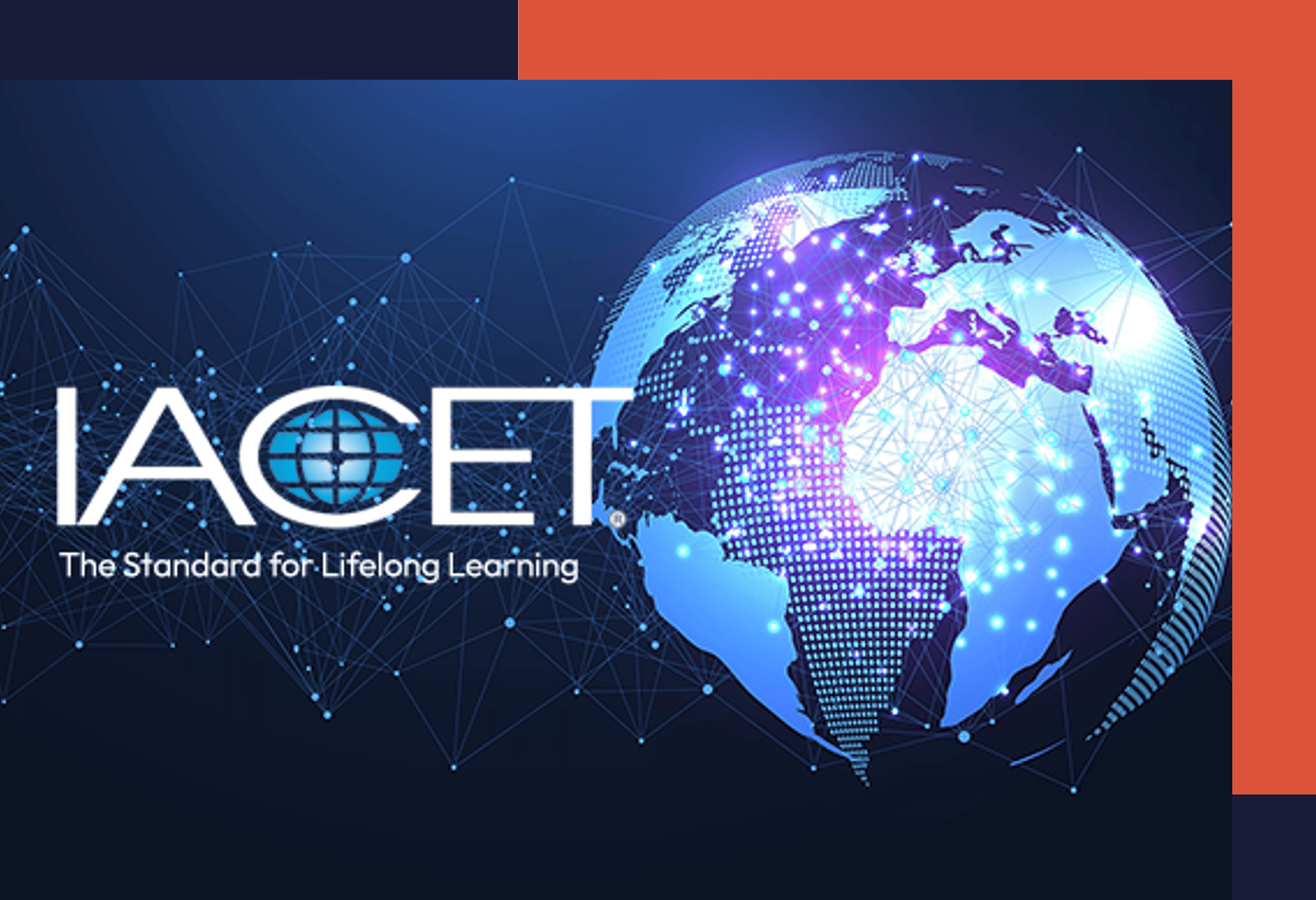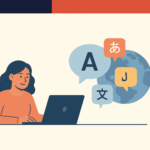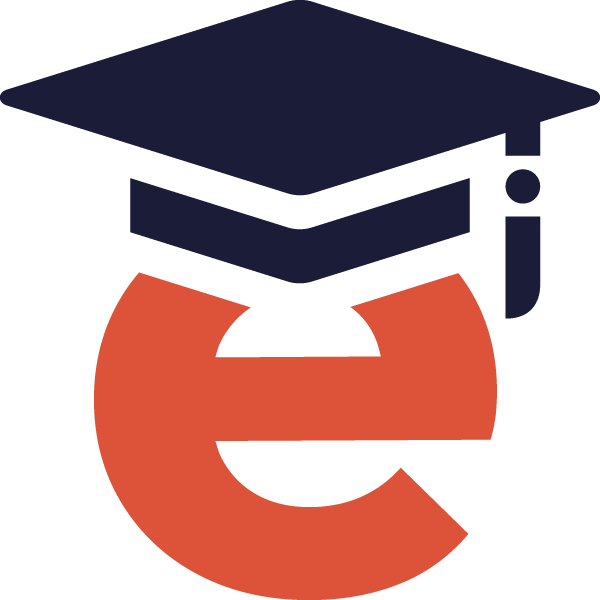Access Meets Excellence: How Standards Help Us Reach Every Learner Where They Are
Written by Bradley A. Davis, BRMP, CAE
A few years ago, I worked with a trade association that launched a series of online courses. The content was solid, the subject matter expert was top-tier, and the platform had all the bells and whistles – down to partitioning for individual personas! Unfortunately, while the engagement was initially solid, learners began dropping off within the first month. A follow-up survey revealed the problem: the courses assumed too much. Too much technical skill; too much prior knowledge; and – perhaps worst of all – too little support.
One learner summed it up perfectly: “I didn’t feel like this was for someone like me.”
That comment hit hard, and it sparked a transformation in the way I worked with my content.
What followed wasn’t just a redesign. It was a complete realignment, based on some prior experiences I had with the ANSI/IACET 1-2018 Standard for Continuing Education and Training. The team reexamined everything, from how we assessed learner readiness to how we structured content and offered support. Meeting learners where they are may be the golden rule of training, but somewhere in our developmental journey, we lost sight of it. And let’s be honest … when you go that far off track, it takes a little more than elbow grease to find the best path forward.
Why “Meeting Learners Where They Are” Matters
When we talk about quality in online training, we often think in terms of content: Is it accurate? Is it well presented? Is it accessible? Is it interactive enough?
But quality is also about inclusion and relevance. Are we designing for the learner who’s juggling a full-time job and caregiving responsibilities? What about the one who struggles with digital tools? The one who’s returning to education after years away?
Meeting learners where they are means accounting for access, readiness, and reality.
• Access means more than whether a course loads on a phone. It’s about making content navigable, readable, and usable for people with diverse abilities and internet bandwidths.
• Readiness is about designing for learners who may be brand new to a topic, let alone an LMS.
• Relevance is about making sure what we teach actually connects to learners’ goals and contexts.
This is where standards come in, not as red tape but as a roadmap.
What Is the ANSI/IACET Standard, and Why Does It Matter?
The ANSI/IACET 1-2018 Standard for Continuing Education and Training is a globally recognized framework developed to ensure high-quality, consistent, and impactful adult learning experiences. Accredited through the American National Standards Institute (ANSI), the framework represents the gold standard in non-formal education, focusing not just on what is taught, but how it is delivered, supported, and evaluated.
The Standard is divided into nine core categories that together define a complete learning system:
1. Organizational Responsibility and Control – Ensures governance structures and internal processes uphold accountability.
2. Learning Environment and Support Systems – Addresses the infrastructure and resources needed to support learner success.
3. Planning and Instructional Personnel – Covers how training is designed and who delivers it, emphasizing qualifications and preparation.
4. Needs Analysis – Requires providers to assess learner needs before developing training.
5. Learning Outcomes – Demands clear, measurable goals for what learners should know or be able to do.
6. Content and Instructional Requirements – Aligns instructional materials and methods with adult learning principles.
7. Assessment of Learning Outcomes – Focuses on how learners are evaluated and how that feedback informs future instruction.
8. Awarding the IACET CEU and Maintaining Learner Records – Ensures accurate documentation and ethical awarding of continuing education units (CEUs).
9. Evaluation of Learning Events – Promotes continuous improvement through structured feedback and program analysis.
What makes the IACET Standard so powerful is that it doesn’t dictate exactly how you must teach. Instead, it empowers you to define your own instructional policies and processes before demonstrating them to show they align with best practices in adult education. This flexibility ensures that training remains relevant, adaptive, and rooted in each organization’s mission while still meeting rigorous quality expectations.
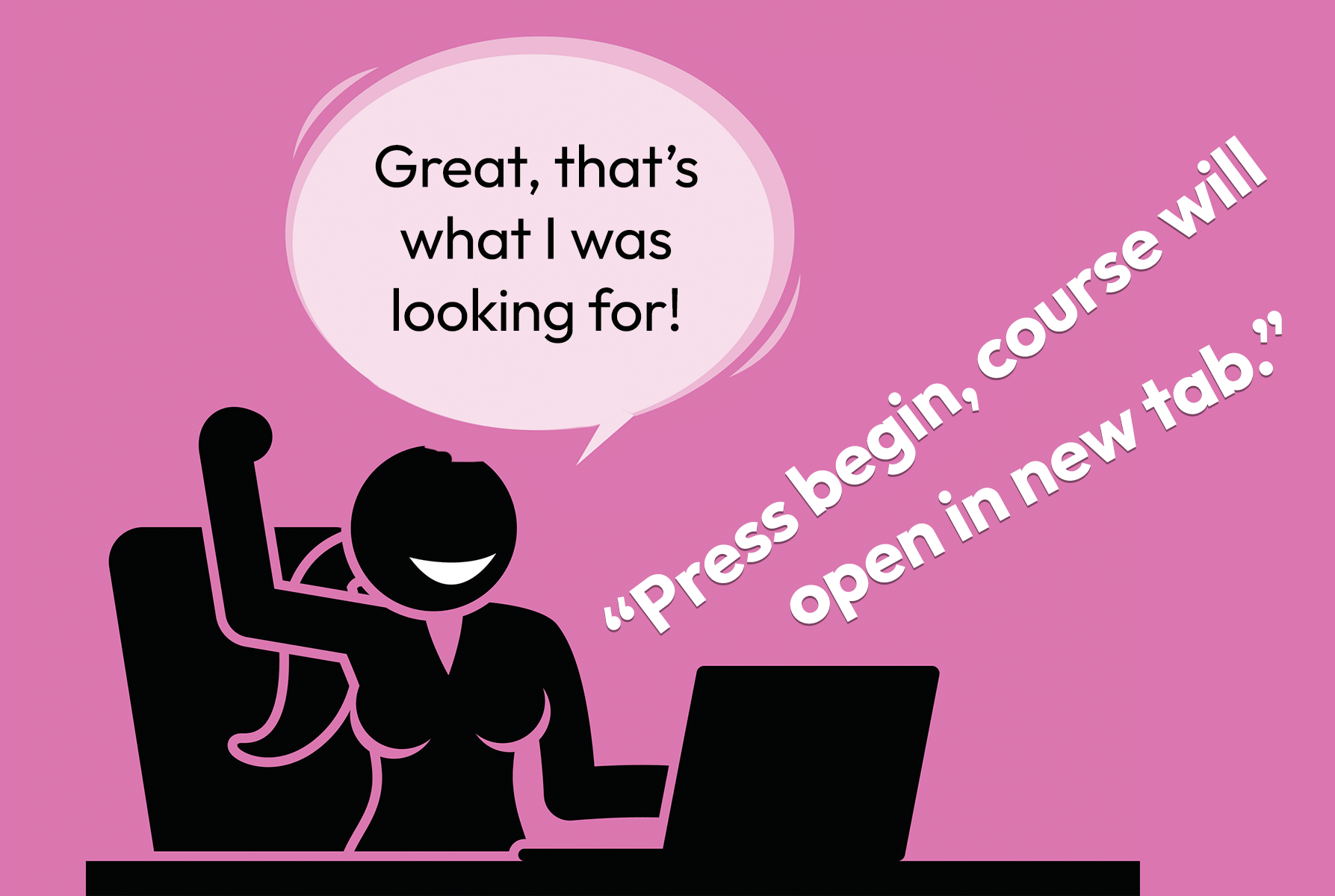
In essence, the standard guides providers institutionalize quality, making sure that training isn’t just effective once, but consistently effective across topics, instructors, and delivery formats. It’s a framework that transforms education from a product into a system. And what about that evidence needed to show how you’re aligning with the framework? Well, that’s the accreditation process, representing an organization’s alignment to best practice within the space of their own institution.
A Shift from Compliance to Connection
When people hear the word “standards,” many instinctively think of red tape: requirements to meet, boxes to check, hoops to jump through. And yes, the ANSI/IACET Standard does include documentation and evidence. But that’s not the goal; if anything, it’s the gateway. What the standard really offers is a shift in mindset: from compliance to connection.
• Compliance asks: Are we following the rules?
• Connection asks: Are we reaching our learners?
The most successful training providers I’ve worked with see standards not as a burden, but as a blueprint. They don’t just want to meet minimum expectations, they want to make maximum impact. The IACET Standard supports that shift by focusing on alignment, transparency, and continuous improvement rather than a one-size-fits-all formula.
When providers align with the standard thoughtfully, they:
• Build with Intentionality – Every learning objective is tied to a demonstrated need. Every support system is there for a reason. Standards push us to be deliberate, not reactive
• Design for the Margins, Not the Middle – By incorporating accessibility and flexibility (as encouraged in the Learning Environment and Support Systems category), providers begin to think beyond the “average” learner and instead create programs that work for everyone—those with cognitive differences, limited tech access, or unique pacing needs.
• Turn Feedback into Fuel – The standard’s emphasis on evaluation and revision (Category 9) ensures feedback isn’t collected and filed but rather acted upon. That makes learners feel seen, heard, and respected.
• Empower Teams, Not Just Systems – Accreditation isn’t just a task for compliance officers. It becomes a shared responsibility across instructional designers, facilitators, and administrators, all working together toward excellence.
Here’s the key: Standards don’t stifle creativity; they channel it. They provide a common language and a quality framework that frees organizations to focus on what really matters: learner experience, trust, and transformation.
When we approach accreditation from a place of curiosity and care, we move past simply proving we’re “doing it right” and begin asking the deeper question: Is it working? And if not, how can we change it?
That’s the difference between checking a box and changing a life.
Learner-Centered Design Starts with Provider Accountability
When learners struggle, it’s tempting to assume they weren’t ready or committed enough. But more often than not, the problem is in how we design. The IACET Standard helps providers take ownership of that design, not just in content delivery, but in content accessibility, support, and continual refinement.
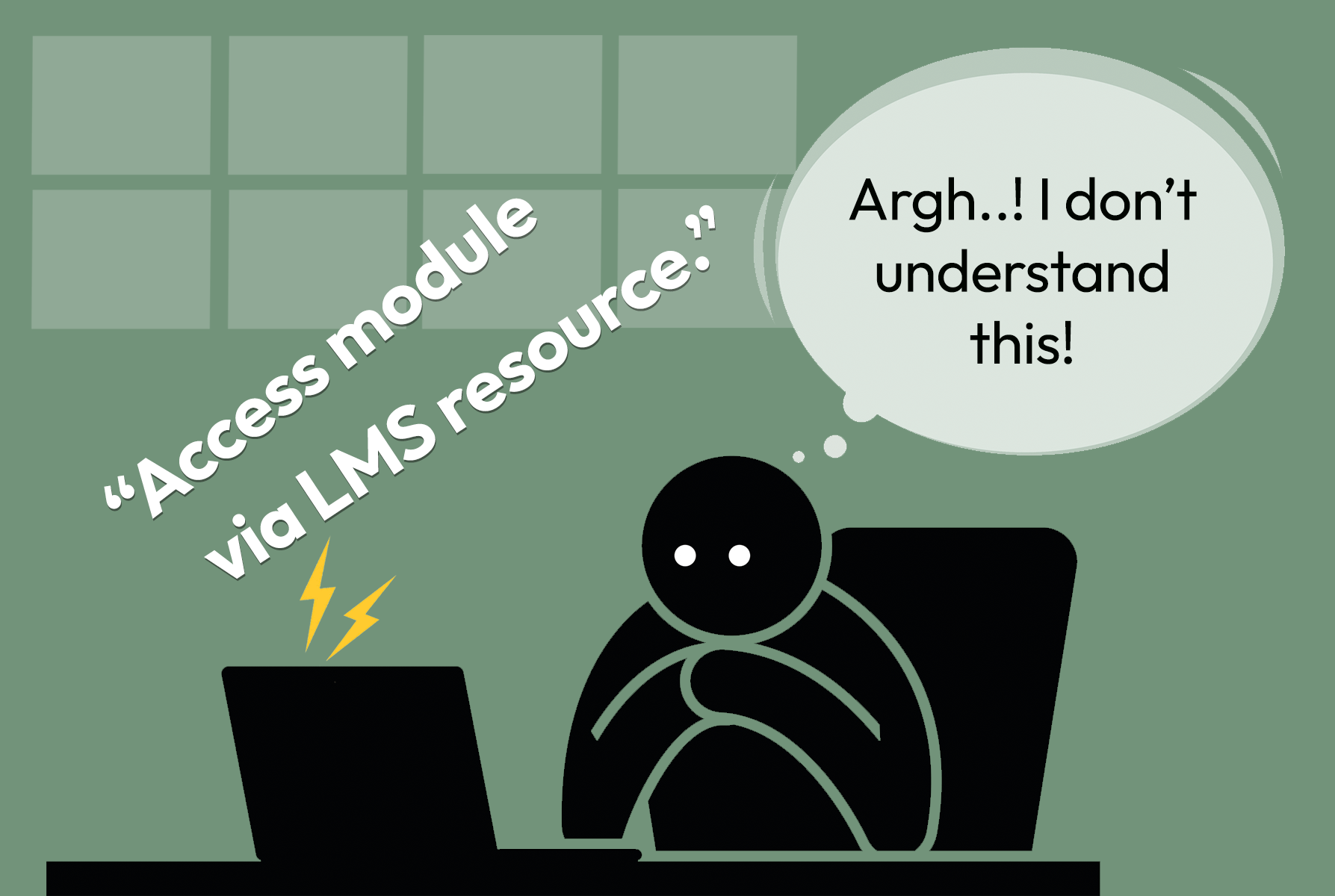
Because when we meet learners where they are – and use the standard to guide the journey – we don’t just check boxes; we change lives. Oh, and what about that course we mentioned at the start? Well, you won’t be surprised to hear that through our rebrand, it ended up with higher completion rates and better learner feedback than we’d seen in nearly ten years. But for me, the most important part was the creation of material that met people where they actually were; you can’t ask for better results than that.
